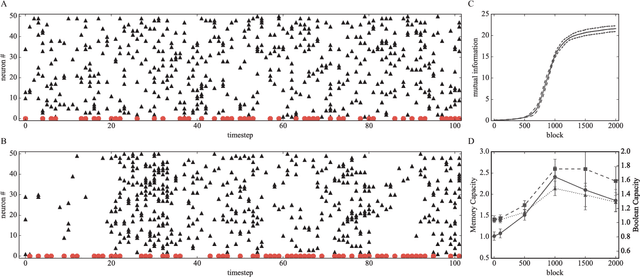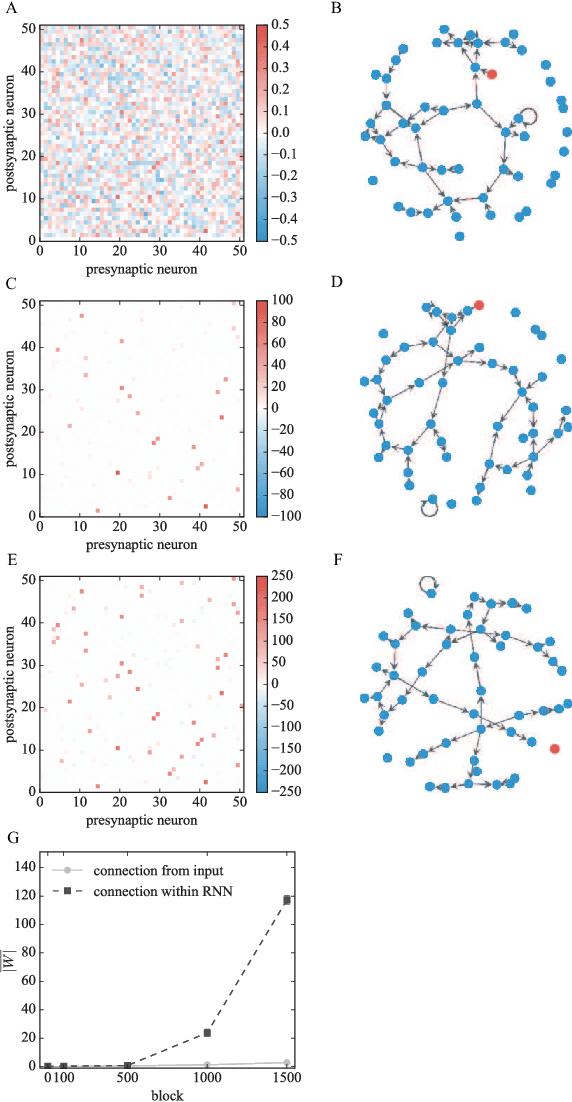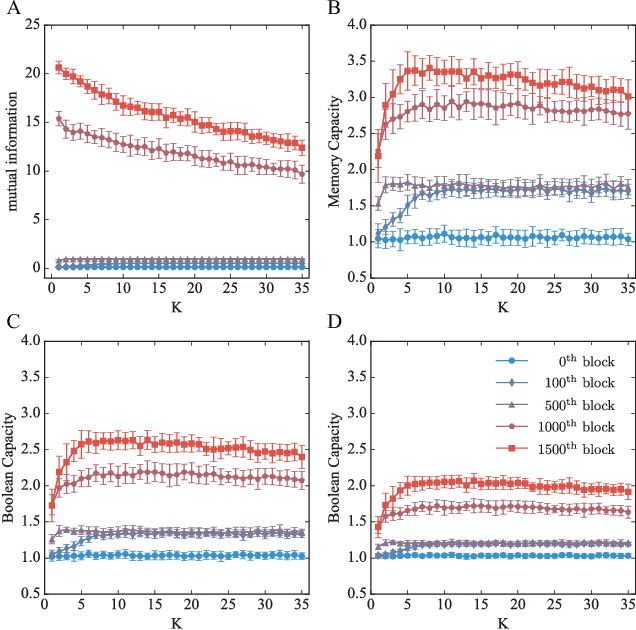Takuma Tanaka
Counterfactual Explanations of Black-box Machine Learning Models using Causal Discovery with Applications to Credit Rating
Feb 05, 2024



Abstract:Explainable artificial intelligence (XAI) has helped elucidate the internal mechanisms of machine learning algorithms, bolstering their reliability by demonstrating the basis of their predictions. Several XAI models consider causal relationships to explain models by examining the input-output relationships of prediction models and the dependencies between features. The majority of these models have been based their explanations on counterfactual probabilities, assuming that the causal graph is known. However, this assumption complicates the application of such models to real data, given that the causal relationships between features are unknown in most cases. Thus, this study proposed a novel XAI framework that relaxed the constraint that the causal graph is known. This framework leveraged counterfactual probabilities and additional prior information on causal structure, facilitating the integration of a causal graph estimated through causal discovery methods and a black-box classification model. Furthermore, explanatory scores were estimated based on counterfactual probabilities. Numerical experiments conducted employing artificial data confirmed the possibility of estimating the explanatory score more accurately than in the absence of a causal graph. Finally, as an application to real data, we constructed a classification model of credit ratings assigned by Shiga Bank, Shiga prefecture, Japan. We demonstrated the effectiveness of the proposed method in cases where the causal graph is unknown.
Use of recurrent infomax to improve the memory capability of input-driven recurrent neural networks
Feb 14, 2018



Abstract:The inherent transient dynamics of recurrent neural networks (RNNs) have been exploited as a computational resource in input-driven RNNs. However, the information processing capability varies from RNN to RNN, depending on their properties. Many authors have investigated the dynamics of RNNs and their relevance to the information processing capability. In this study, we present a detailed analysis of the information processing capability of an RNN optimized by recurrent infomax (RI), which is an unsupervised learning scheme that maximizes the mutual information of RNNs by adjusting the connection strengths of the network. Thus, we observe that a delay-line structure emerges from the RI and the network optimized by the RI possesses superior short-term memory, which is the ability to store the temporal information of the input stream in its transient dynamics.
 Add to Chrome
Add to Chrome Add to Firefox
Add to Firefox Add to Edge
Add to Edge